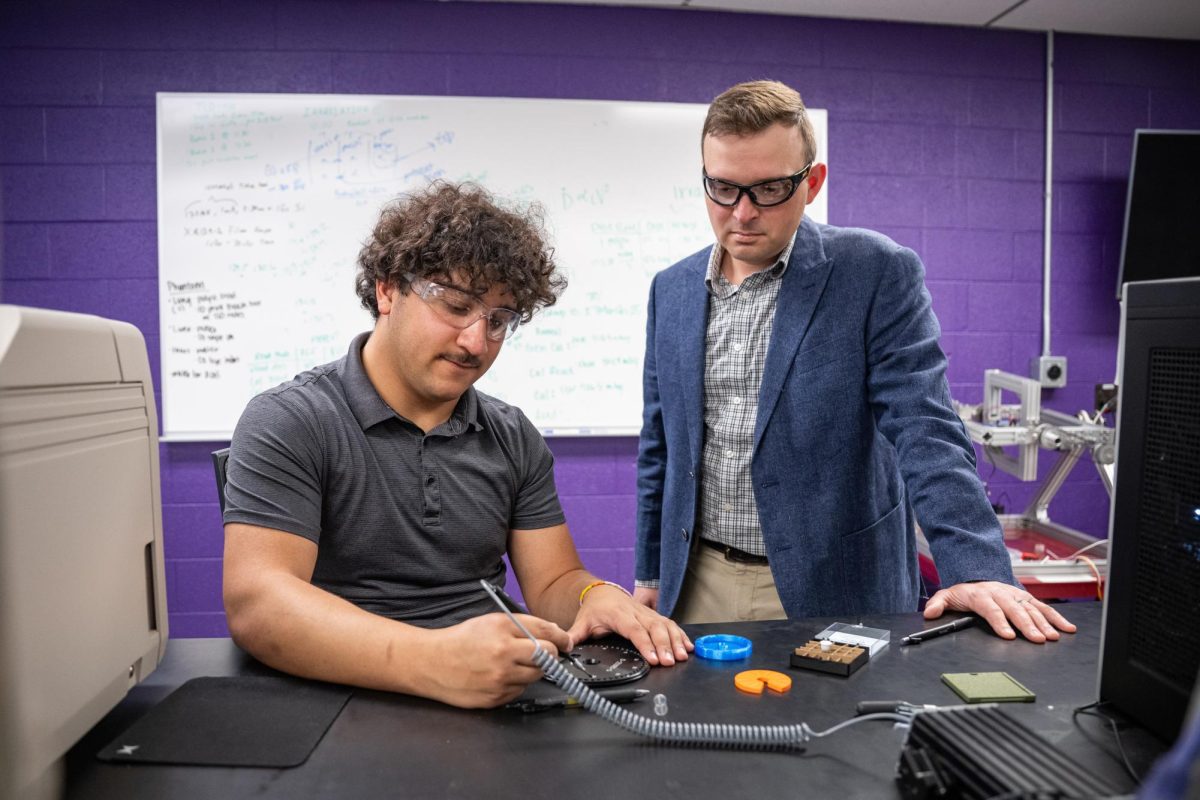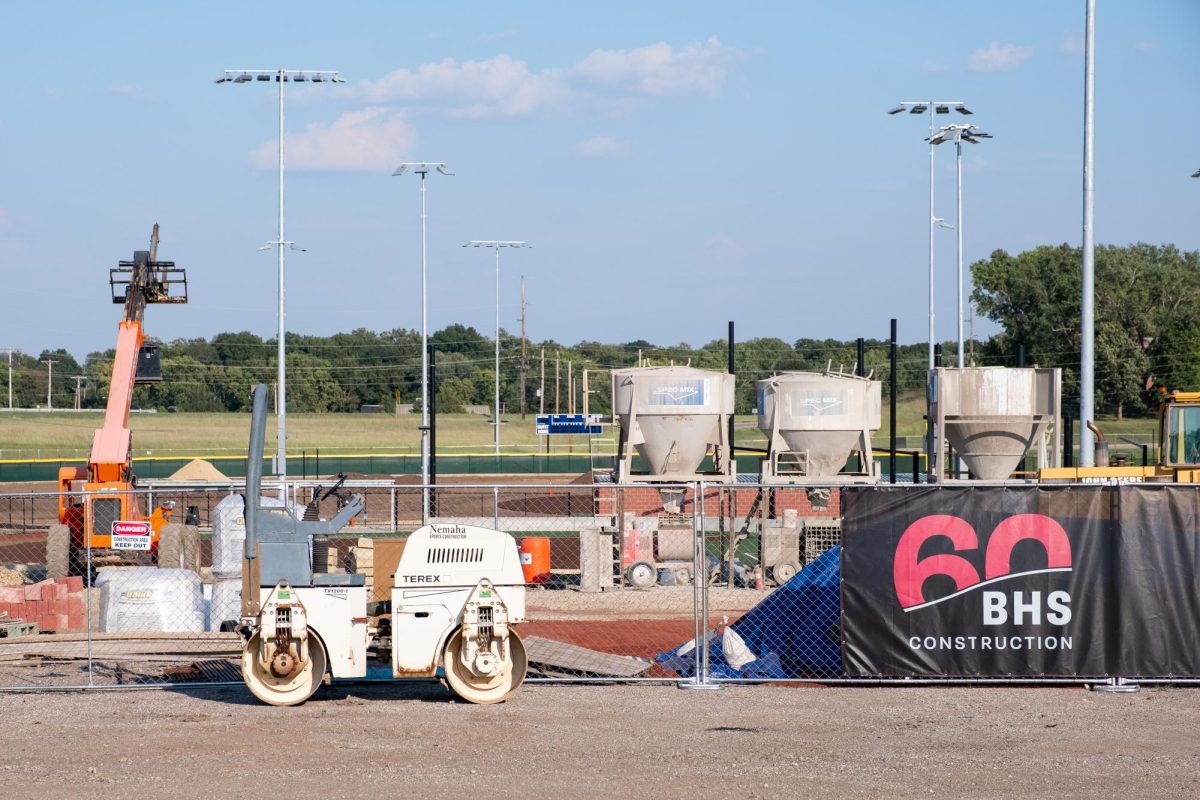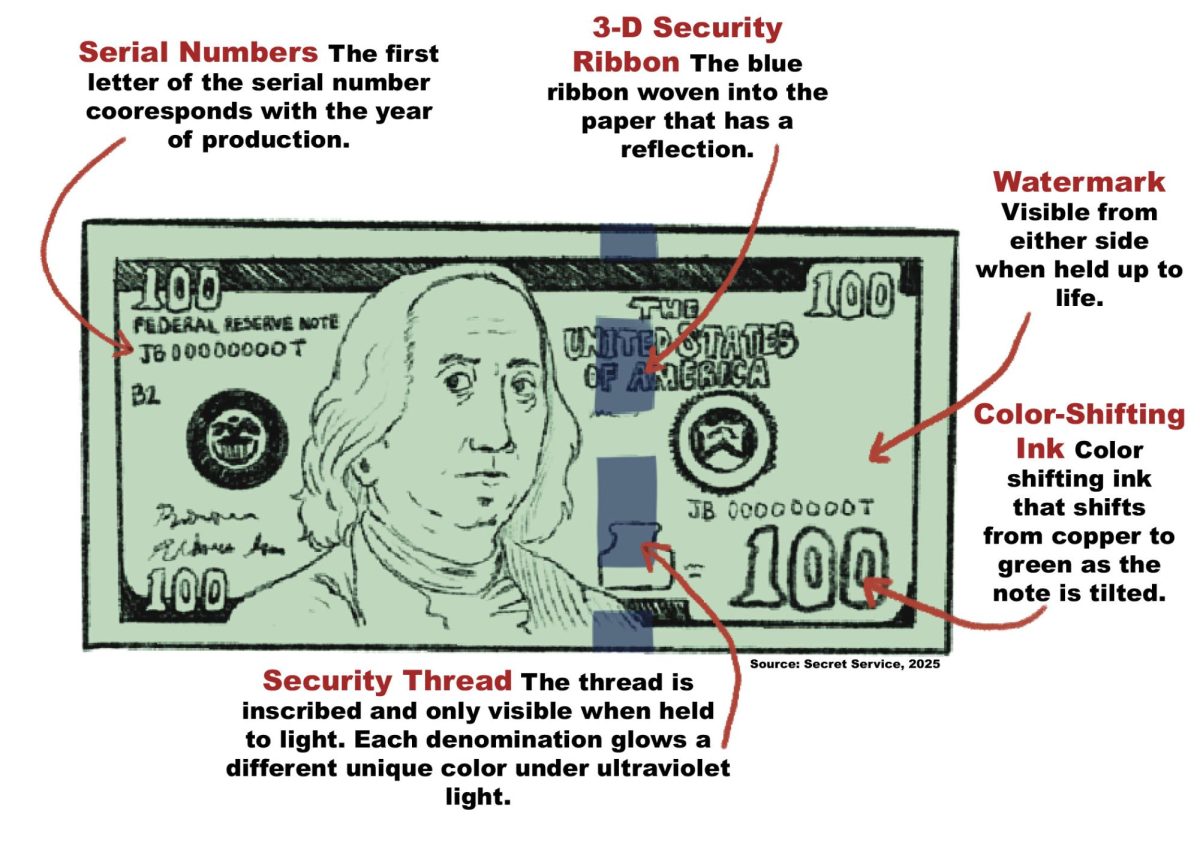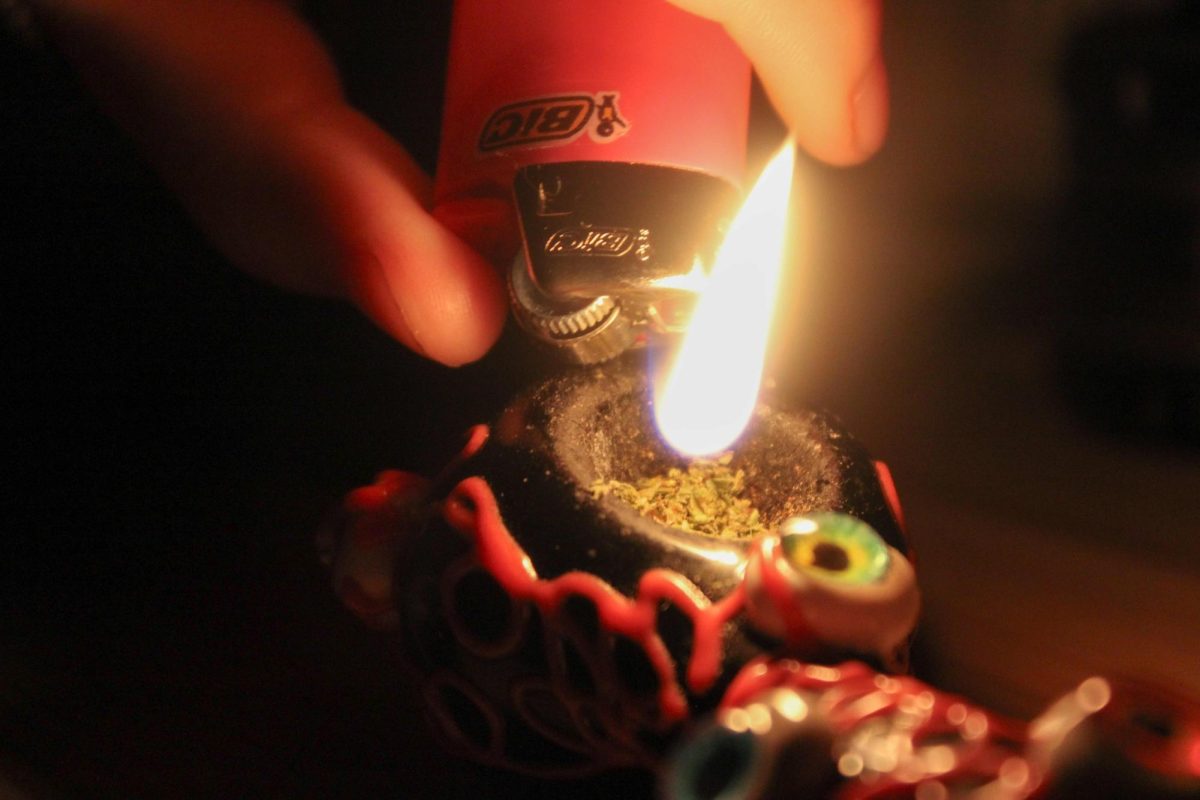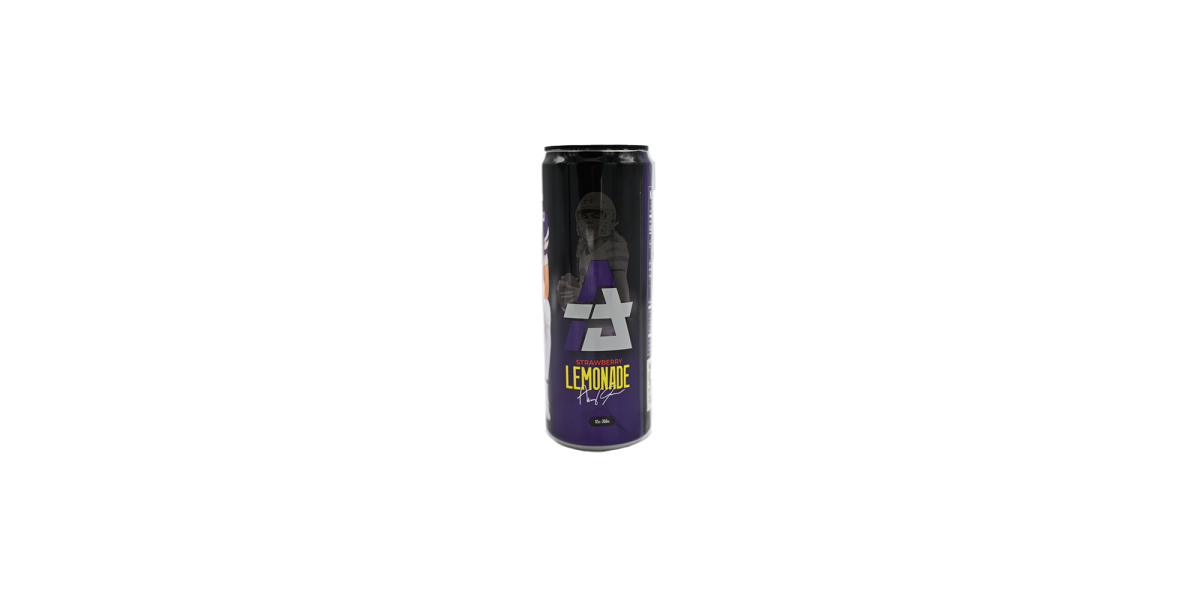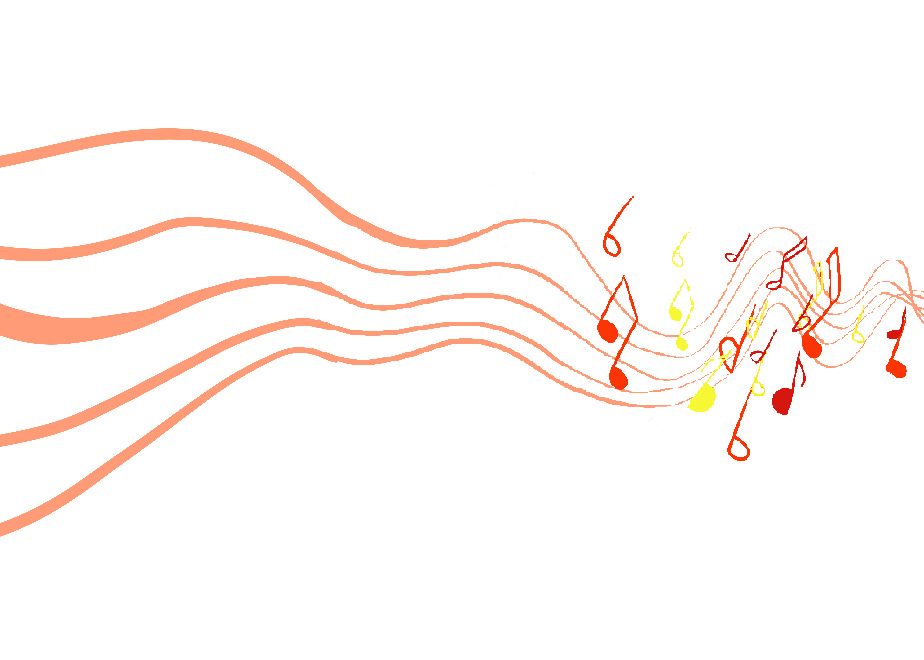Thermal vision provides the ability to see infrared radiation or heat that is emitted by objects. It’s similar to night vision, as it does allow for a different viewpoint, but it does not amplify the ambient light like night vision would. Instead, it shows the differences in temperatures between warmer and cooler objects. This can be used in a number of different ways to study the outdoors or help those who need it.
Observe Wildlife
Some of the most advanced thermal scopes are used to help observe wildlife. While night vision can help with seeing animals at night, thermal imaging can help track them and see where they’ve been or where they’re going. This makes it easier to monitor the nocturnal animals in the local area without having to use artificial lighting or do anything that could disturb the animals. It also helps to keep everyone safer while observing the animals.
Identify Nesting Areas
With endangered animals, keeping an eye on nesting areas is vital, as it allows scientists to keep an eye on the population. Watching nesting areas is also important for making sure they’re not disturbed or destroyed. Finding the nesting areas can be difficult, depending on the species, because many animals work hard to hide their young. Thermal imaging makes it easier to spot the heat signatures of a nesting area, even if it’s covered up, so it can be monitored and tracked.
Search and Rescue for Hikers
Lost hikers can be incredibly challenging to find, as they’re likely on the move trying to find the trail again. During the day, drones are often used to help find hikers and get them to safety. At night, though, it can be harder to find the hikers because of how dark it gets, especially in wooded areas. Thermal imaging can be used to help spot them even at night, so a rescue is possible.
Finding Lost Pets
Lost pets often end up in hard-to-reach areas as they try to avoid vehicles and anything else that scares them. Unfortunately, that can make them harder to track and find. Thermal imaging drones can be used to help find lost dogs. The drones are sent up near the last known location of the pet and can be used to view the heat signatures in the area until the pet is found. Once the pet is discovered, the thermal drone can continue tracking it until someone is able to capture the pet to reunite them with their family.
Counting Populations
Scientists observe population levels of various animals to track whether they’re doing well or need help, especially with animals that already have low populations and are struggling to thrive. Counting populations, however, is a challenging job. Thermal imaging is making this easier, though, as it’s easier to capture images of the animals in their natural habitat and count the different heat signatures to get a better idea of how many there are right now.
Thermal imaging shows a lot of promise in outdoor studies, rescue operations, and a lot more. Those who want to get involved may want to look into how to use thermal imaging for their job or consider learning to use a thermal imaging drone as a hobby. Either way, it’s important to work with top-quality gear that can help produce the best results and make the task much easier.














